We went to Puri in Odisha last year but could not visit the Jagannath temple. We attempted multiple times but given the enormous crowd, we could not enter the shrine. But we returned from Puri feeling incomplete and with an ardent request that Lord Jagannath give us darshan soon.
Jagannath Swami, Nayanapathagami, Bhaba Tume
For once, the universe seems to have been listening. We are just back from another Puri trip. This time we managed to visit the Jagannath Mandir in Puri and get a darshan as well. But this was not our first. We have been visiting Puri for 40 years now. Every time it’s a different experience. In fact, we have seen the narrative change over the years.
Contents
History of Jagannath Temple
The Jagannath Temple narrative in Puri dates back a thousand years to about the 12th century AD. Jagannath Temple is a treasure trove of legends.
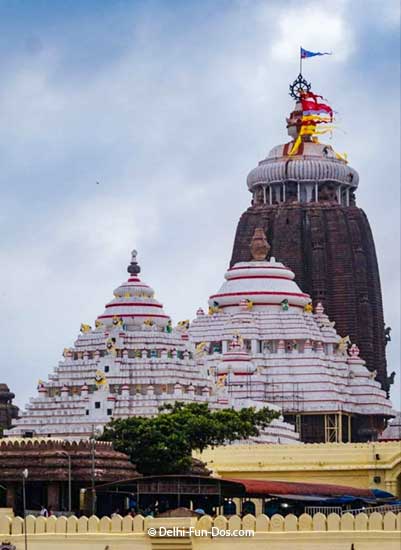
According to some, King Indradumnya of the Mallava Dynasty commissioned a temple for Jagannath. It was his wish that the temple should be the tallest structure in the world. Thus, the Puri Mandir is perhaps the highest structure in this city. There are many shrines in the temple complex. The idols of Lord Jagannath, his sister Devi Subhadra, and his brother Lord Balaram are housed in the sanctum sanctorum with the highest spire.
Lord Jagannath Story
The statues of Jagannath, Subhadra, and Balaram are made of wood. While it is believed that Lord Jagannath is a form of Krishna, the statues of these Gods are most abstract with blunt arms and no feet.
Legend has it that King Indradyumna, by way of divine revelation, came across a neem log or Daaru near the Puri Sea, a coastline of the Bay of Bengal. The statues of the deities were to be carved out of this log, and Lord Vishnu disguised himself as the sculptor. His conditions were that he would work behind closed doors and should not be disturbed before the work was complete.
But after the elapse of a month or so, King Indradyumna’s consort, Queen Gundicha, became impatient. She was also concerned about the well-being of the sculptor. Hence the workshop door was broken open but the sculptor had vanished. The incomplete statues of the three deities were all that was found in the room. Under another divine revelation these statues were installed in the sanctum sanctorum and worshipped henceforth.
Given that the statues are made of wood, they have limited sustainability. Thus Nabakalebara (New Body) festival is celebrated where the statues are changed every 12 years. The older statues are buried in secrecy and new statues are carved from a consecrated piece of neem log or Daaru and placed on Ratnabedi, the altar.
Alternate Jagannath Story
There is another version of the Jagannath story. Apparently, a similar totemic form, Neelmadhab, was the deity of the Sabar tribe in Odisha. Perhaps to bring this community under the Hindu fold, Neelmadhab was adopted, established in a grand temple, and worshipped as Jagannath. The depiction of the idols with their large eyes, abstract yet kind expressions, the stucco structure, and the bright colours do lead credence to this story. But given the obscure origin of all these legends, nothing can be said conclusively.
Our Trip to Jagannath Temple
Being the Easter weekend, it was a most crowded period in Puri. But we were not going to have Lord Jagannath play peek-a-boo with us this time. By way of strategy, we contacted a Panda, a title given to priests at the Puri Temple. The Pandas here have a reputation of being rude and hostile. We were apprehensive but trusted the reference.
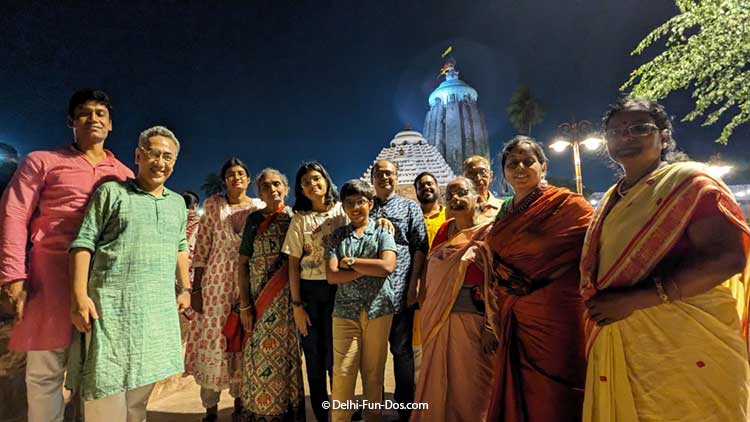
Our Panda Narasingha came and met us in the day and all our apprehensions were put to ease. Dressed in simple shirt trouser, he looked like the affable chappie from the neighbourhood. He came back in the afternoon and arranged for electronic rickshaws to take us to the temple. Given last years’ experience, we started with some trepidation. However, Narasingha’s positive vibe kept us optimistic.
Now the Jagannath Temple has four gates on its outer wall: one in the east, one in the south, one in the west, and one in the north. They are called Simha Dwar (the Lion Gate), Ashwa Dwar (the Horse Gate), Vyagrhara Dwar (the Tiger Gate), and Hasti Dwar (the Elephant’s Gate). These gates symbolize characteristics such as righteousness, knowledge, detachment, and wealth. The Simha Dwar is the main gate. But to avoid the queue, we entered through the Paschim Dwar (West Gate) of the temple. Footwear, cameras, and mobile phones had to be deposited at the cloakroom.
Once inside the temple, we were on a big elevated courtyard with many small shrines dedicated to various Gods of the Hindu pantheon. The smaller temples were built over the years by later royals of the dynasty.
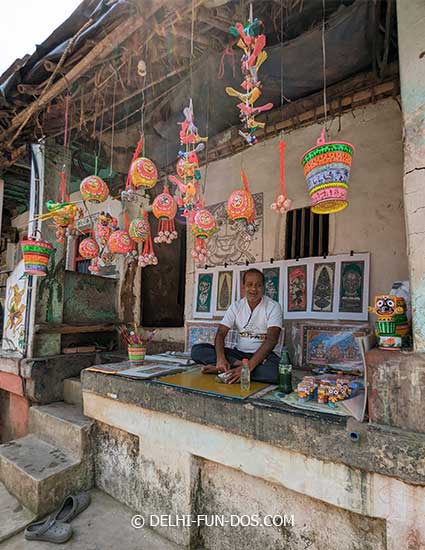
We visited the temples dedicated to Bhu Devi and Sri Devi, consorts to Lord Vishnu, Goddess Lakshmi, Goddess Saraswati, Radha-Krishna, Ganesh, and so on. The stone-carved statues here had resplendent faces unique to Odisha art practices and were dressed in rich garb. The temple walls were decorated with Patachitra from Raghurajpur. The Lakshmi shrine also carried quaint floor art.
Finally, it was time to visit the main Jagannath shrine. With an array or red and yellow silk Dhwaja or flags fluttering on the top, the temple is prominent from afar. A high flight of stairs took us inside and truth be told, it was extremely choc-a-bloc with devotees. The crowd pushed us to the viewing area since devotees were not allowed inside the Garbhagriha or the sanctum sanctorum. The very high ceilings and the walls were adorned with bright Patachitra.
From a distance, we could see the three regal statues seated in a line. Lord Jagannath was on the right with a smaller Devi Subhadra in the centre and Lord Balaram on the left. Was it imagination or what but the big round eyes of Jagannath seemed to cast on the devotees jovial benevolence. We spent about 15 minutes here and came out exhausted but happy. Like winning a war.
A lot has changed here since the first visit more than 40 years back. The temple was still crowded but there was no pushing. The inside of the shrine was lit with burning clay lamps. Devotees were allowed inside the sanctum sanctorum and could even touch the altar.
Much is different now. Demographically, it was only Odiya and Bengali visitors. But now people come from all over India. Devotees are not allowed near the idol and they can catch a glimpse from the Natmandir or the Jagmohan that are halls before the main shrine. Given the footfall, clays lamps cannot be risked and it is all white tube lights installed at the cost of damage to the 1000-year-old structure.
No offense to your faith but we would suggest that visitors with mobility issues, lack of fitness, or acute claustrophobia should stay away from entering this shrine in peak period and maybe pray from outside.

The area around the temple has recently been renovated and spruced. A broad and picturesque pathway has been built around the temple wall. You can sit there, walk around the temple, and enjoy the sea breeze.
The Jagannath Temple Architecture
Since we did not have a camera, we tried our best to capture the Jagannath Mandir with our eyes. Built mainly in the Nagara style of architecture, the Jagannath Temple has apparently been attached 18 times by invaders. Yet much of the stone temple still remains intact. The beautiful carvings on the temple walls highlight the rich culture of Odisha with emphasis on music and dance. No wonder, Odisha is derived from Utkal, a fusion of the Sanskrit words Utkrishto Kala or Exquisite Art.

From a recent talk that we had attended, we were somewhat acquainted with the music and dance performed by the Maharis or the Devdasis of Jagannath Temple. The abundance of dance girl statues on the temple body rehomed the idea.
Interestingly, we spotted proper Buddha statues in the lotus position on the temple walls. This reflects that Buddhism was prevalent in the region. Some of the Das Avatars (Ten Aspects) of Lord Vishnu list Lord Budhha as the ninth Avatar. Whether it was a nod to the peaceful Buddhist practice or a ploy to boost the waning popularity of Hinduism by bringing the Buddhists under the Hindu fold, we will never know with certainty.
Jagannath Temple Timing
You might find various entries on the internet but truth be told, there is no single answer. While the temple tentatively remains open from 5 am to 10.30 pm, the Jagannath shrine is shut various times of the day for rituals. Also, a host of local festivals are celebrated and festival hours vary too. Your best bet would be to check with a temple priest or the Panda as to when the temple is accessible on the day you wish to visit.
Things To Do, Puri
Like any traditional temple city of India, all the approaches towards the temple are via narrow serpentine lanes. The most popular lane takes you to Swargadwar, the haloed crematorium of Puri. On both sides of the lanes, you would find countless shops selling worship items, souvenirs such as pictures, key rings, and fridge magnets, brassware, etc. Atop would be hotels, lodges, and ashrams. Small temples, some with stunning designs, would peek from corners. This is also the major clothes shopping zone and you can spot a wide variety of Ikat items – in real as well as digital replica.
What to Eat Near Jagannath Temple
Innumerable food items are offered at the Jagannath Temple. These comprise basic items like rice and lentils to elaborate sweets and savouries. These items are then distributed as well as sold as Prasad to devotees. You can make a meal out of this and some paid packages can cater to a party of over 10 people.
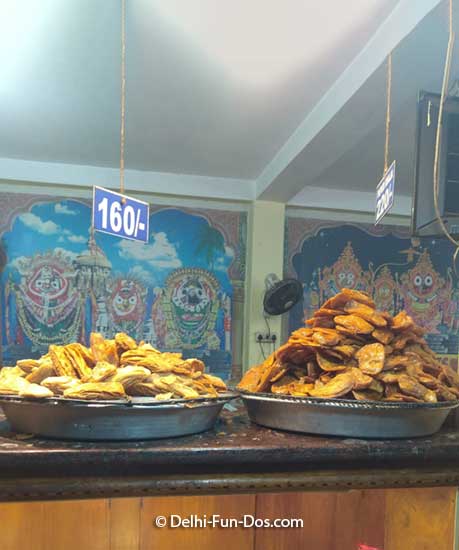
Our favourites in Puri include the deep-fried crispy layered pastry – Khaja. This is sheer addiction and is popular as takebacks. In fact, friends and family who knew about our Puri trip already staked claims on Khaja. So we had to fill a complete duffel bag with Khaja boxes. While almost everyone has their favorite Khaja supplier, you can find many shops in the lanes around the Jagannath Temple. Do a sample before you buy.
The other dessert that we love here is Chhena Poda (smoked cottage cheese). It is like smoked cheesecake that melts in the mouth. We have had Chhena Poda in Odisha Parba in Delhi but what we had in Puri is 10 times yummy.
Last but not least, if you have a spicy palette, you must try the Doi Bara – Aloor Dam combo unique to Orissa. The innocent Dahi Vada is pitted against a very hot Alu Dam and it is like disco on your tongue.
Other Things To Do in Puri
Puri is an ancient temple town. In addition to the Jagannath Temple, there are many gorgeous pieces of architecture here. You can visit the Gundicha Temple, the temporary abode of Jagannath during Rath Yatra or Sakshi Gopal en route to Bhubaneswar.
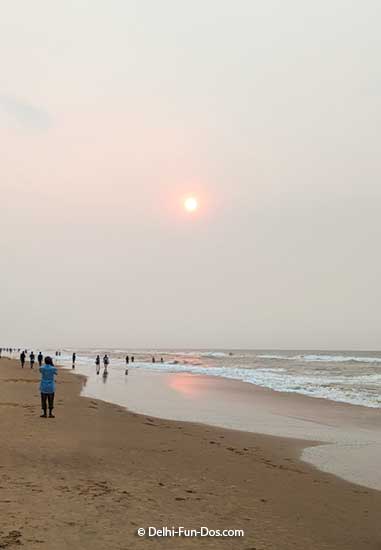
Puri Sea is as much a draw as the Jagannath Temple. Puri has some of the most popular beaches in India. Sea bathing is a popular activity in Puri. The Bay of Bengal is rather forceful here so one has to be alert in water. Walks on the beach during sunrise and sunset are also relaxing.
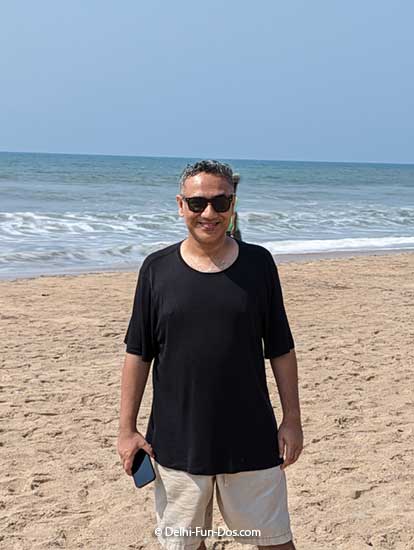
We would also recommend a half-day trip to Raghurajpur, a most charming art village. The traditional Patachitra painters have been living here since centuries and practicing their art.
How to Reach Puri
Puri is well connected to all parts of India by rail and road. You can take a train to the very busy Puri railway station. The nearest airport is at Bhubaneswar which is about an hour’s drive from Puri.
Where to Stay in Puri
Puri has innumerable lodging options from fancy hotels to simple homestays and humble Ashrams and Dharamshalas. If you want to stay near the temple, you would find many hotels, guest houses, and Dharamshalas. The temple area, however, is very crowded and somewhat chaotic. If you want a quieter environment, you could choose from the many new hotels and guest houses at the Lighthouse area in Puri.
Things to remember about Jagannath Temple, Puri
Weekends and holiday seasons are more crowded. Bear this in mind while making your plan.
Any offering to Lord Jagannath is inside the Hundis or donation urns in the shrine. Alternatively, you can contribute at the designated counter outside in exchange for a receipt. This ensures you get substantial Prasad that you can take back home.
Rathyatra in Puri is the biggest festival at Jagannath Temple. While it is a spectacular event, the temple area is extremely crowded so be prepared.
To enter the Jagannath Temple, you have to be a Hindu.
Last but not least, Puri is popular among pilgrims as well as travellers. Hence, it is wise to book your accommodation ahead of your travel.
Revisiting Puri and viewing Lord Jagannath felt like a victory in a battle. The magnificent temple, the sea in the vicinity, the enchanting stories, and the mysterious rituals and practices make the Jagannath Temple a fairy tale through ages. While we reiterate caution for those with mobility issues or claustrophobia, visiting the Jagannath Temple in Puri, with some prior planning, would indeed be a rewarding experience.

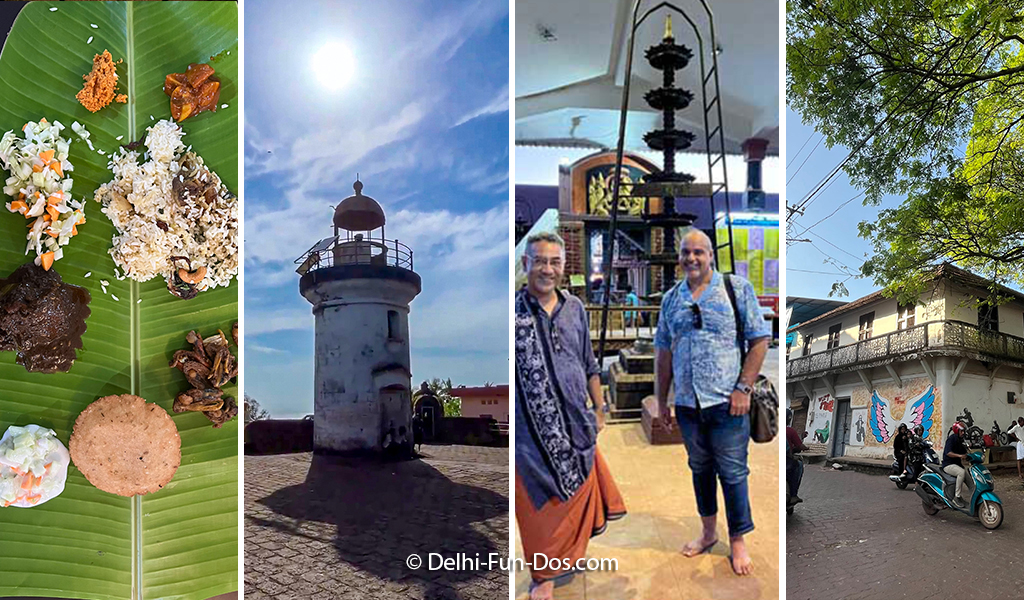
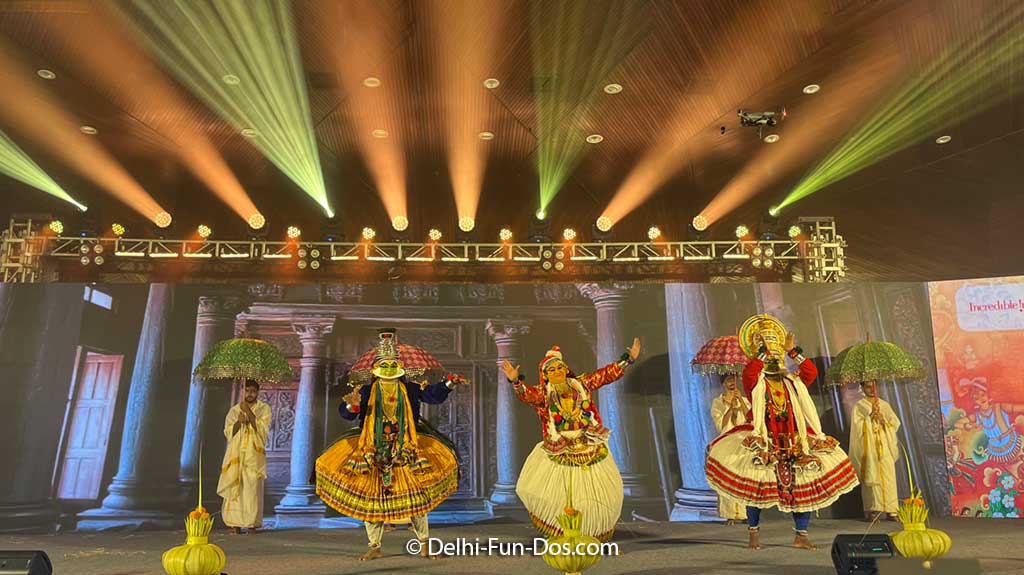
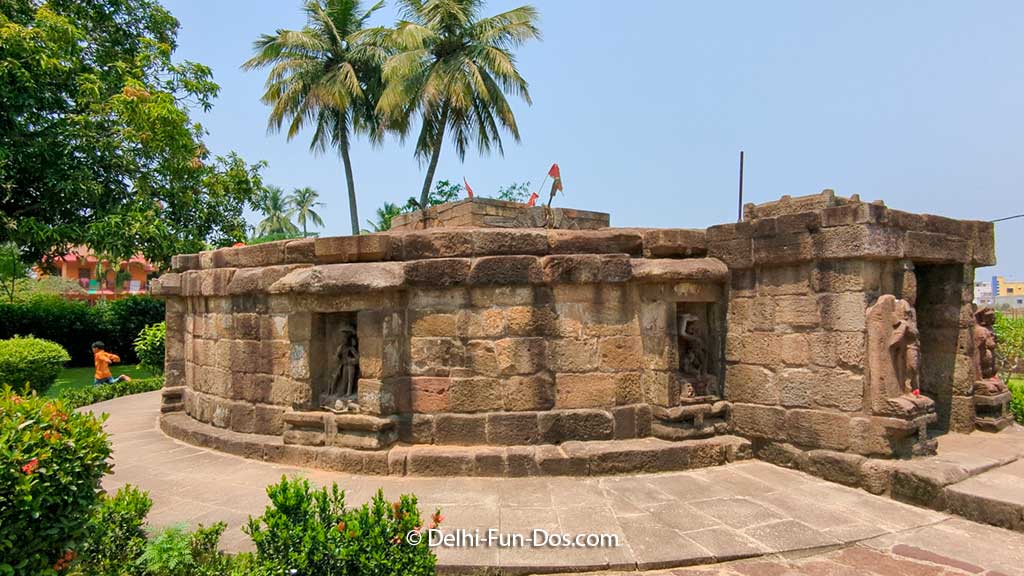
The Jagannath Puri temple is truly an iconic place. We have been there many times, but its aura never fails to sweep us off our feet, every time. One of our dreams is to be there during the Rath Yatra, hope to be there for this great event, some day. Sandy N Vyjay
Please take us with you…
Can we get panda contact detail
What a captivating recount of your trip to the Jagannath Temple in Puri! Sundeep and Bedabrata, your vivid description truly transports readers to the heart of this sacred place. The sense of triumph upon revisiting Puri and beholding Lord Jagannath is palpable in your words. The temple’s grandeur, coupled with the serene sea nearby, seems to create an otherworldly atmosphere. Your mention of caution for those with mobility issues or claustrophobia is thoughtful, highlighting the importance of planning ahead for a fulfilling experience. Thank you for sharing your magical journey with us!
Thanks for sharing detailed information about the Puri jagannath temple..the different narratives were interesting to read about
There are so many more…
Exploring the Jagannath Temple in Puri, Odisha sounds like a fascinating journey! I can imagine the rich cultural experience and spiritual atmosphere that visitors must encounter there.Thanks for sharing this post!
It is indeed a spiritual experience!